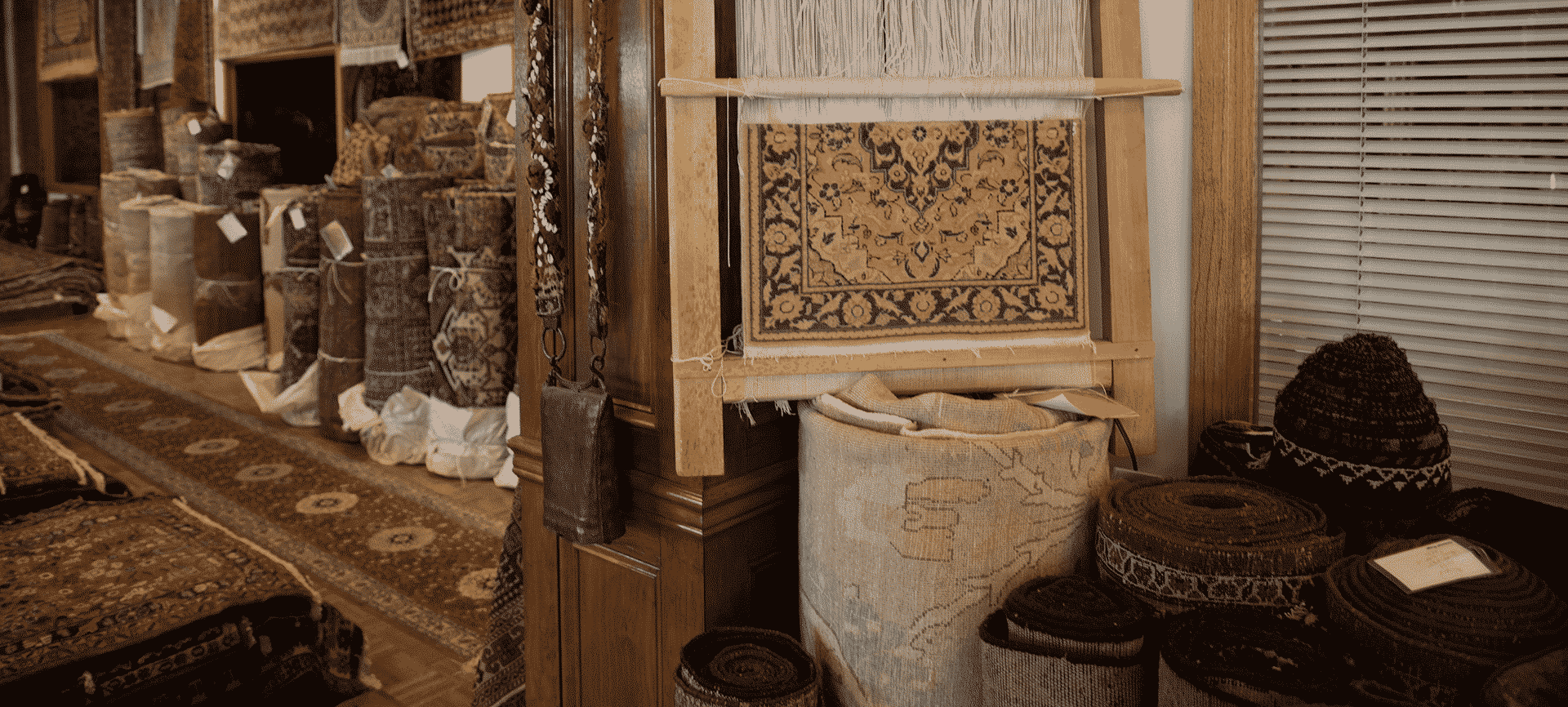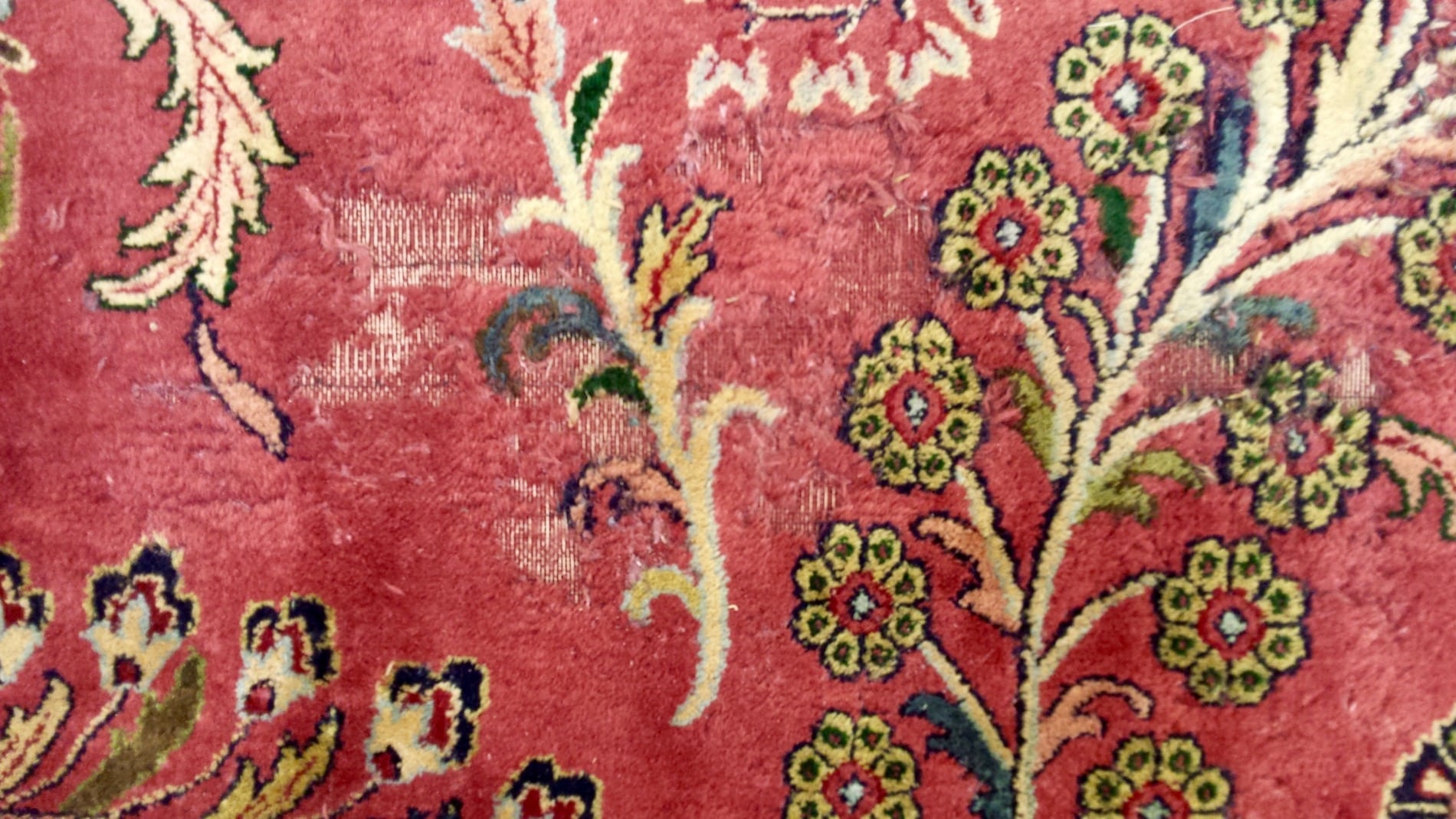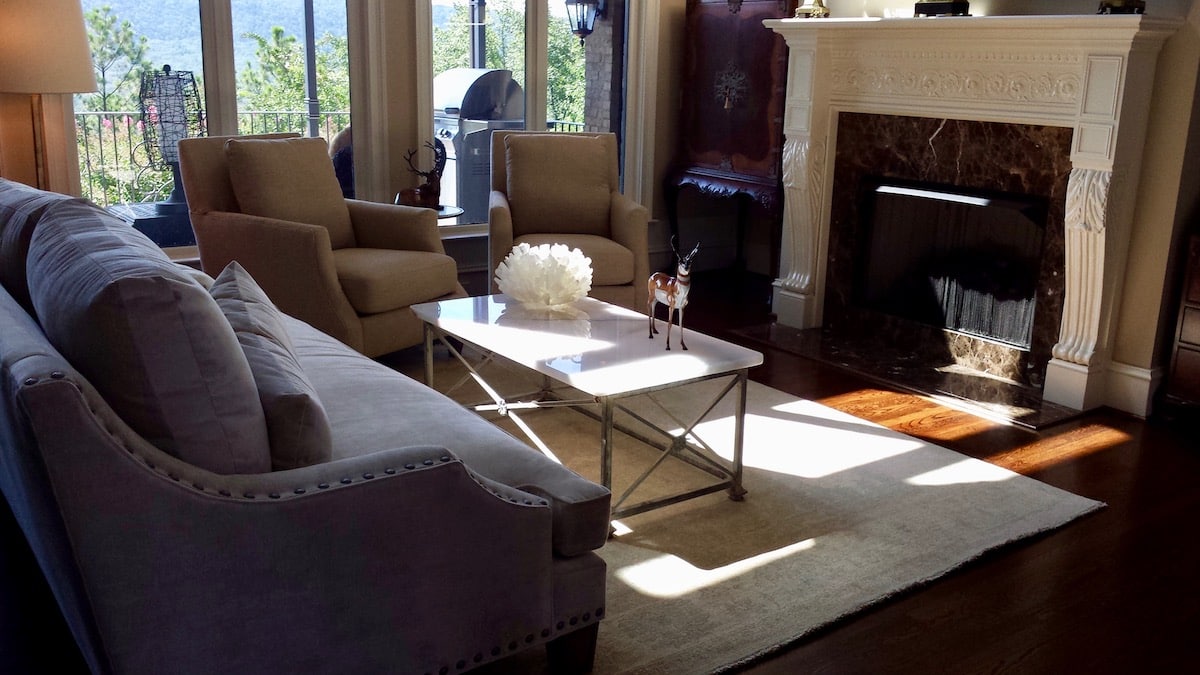What’s behind that investment?

Pets, odors and enzymes
March 31, 2017
Why have your oriental rug appraised?
May 31, 2017What’s behind that investment?
We always say buying one of our handmade rugs is like buying a piece of fine art. And this analogy is perhaps the easiest way to explain why an authentic, Oriental rug is more valuable than a mass-produced rug made in a factory.
There are a number of factors that dictate the investment of a true, hand-made rug, including the knotting, the quality of its material and its country of origin. But simply put, what makes Oriental rugs so precious and so valuable, is time. It takes time to create a work of art and it is time that separates handmade goods from machine-made products, whether it’s a piece of jewelry, furniture or a rug.
There is a tremendous amount of skill and effort behind every authentic, hand-knotted rug we sell at Nilipour Oriental Rugs, and for the artisans that make them, it is truly a labor of love. One of the many indicators of a rug’s quality, or the time it took to make, is the knot count, or KPSI (knots per square inch). A 6×9 rug with a KPSI of 400, could take more than a year to make. Every knot is meticulously tied to the rug’s foundation, forming what experts call the wool-pile. This is one of the main reasons Oriental rugs are so durable and last so much longer than the everyday area rugs sold at a big box stores that are not an investment.
Another factor in the investment of a rug, just like in other quality, handmade goods, is its material. The wool used to make Oriental rugs is special because it comes from particular breeds of sheep. Also, higher quality wool comes from particular parts of the sheep. The wool from a sheep’s shoulder can be more valuable than the wool from a sheep’s leg. One is stronger, softer and shinier than the other and is better for dying. And the wool itself can either be hand-spun or machine-spun.
Finally, when we think about the investment of Oriental rugs, we have to think about where they are made. A rug made in Turkey or Iran can be more valuable than a rug made in Pakistan or Afghanistan. And sometimes a true, Persian rug design can even be replicated and made in another country such as China and sold for less. Within each country there is also a distinction between large cities and small villages. In a city, rugs might be produced in a factory-setting and by hundreds of workers, while a rug that comes from a more rural town or village can be the result of one or two skilled artisans.
At Nilipour Oriental Rugs we know purchasing a hand-knotted rug is a big decision but it should be one that is a fun and enjoyable process! We have a wealth of knowledge and we love sharing it. Stop by, ask some questions and we’ll help you decide which of our handmade rugs is right for you!




